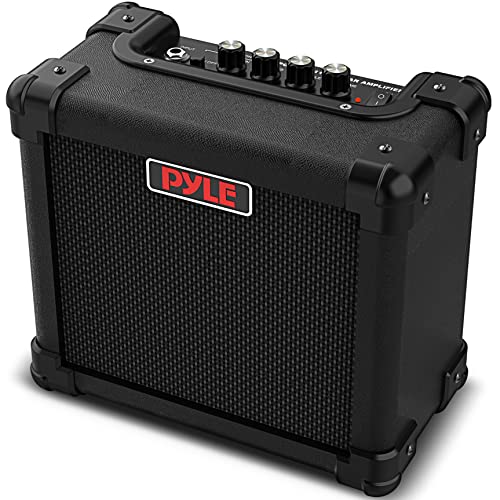Be careful not to touch anything in the amp if it has been on within the last 2 days.
The filter caps on all amps store a voltage.
The filter caps on some amps do not have a resistor to bleed off the stored voltage when they are off.
This can kill you!!!!!!!!!!
That being said:
Your filter caps may or may not last more than 20 years. Just because you are not having problems now, does not mean that they may or may not fail at any given moment.......this means during the gig for some reason.

The caps that Mesa uses seem to be very high quality. So were the caps that Fender used to use (Mallory). I have a Blackface Pro Reverb that I just changed all the filter caps in, the original ones were still in there. They looked fine, and there were no problems with the amp, other than the fact that it was missing some parts, speakers and the output transformer when I bought it.
The filter caps will dry up and fail prematurely if the amp is not used for long periods of time, for instance, it is only used once a year.
If a filter cap fails, it can do 1 of several things:
1 - blow the mains fuse, or the HT fuse
2 - take out your power tubes
3 - take out your output transformer
4 - take out your power transformer
5 - take out any component in your power supply
6 - burn traces on your circuit board
If a filter cap is going bad, it can do 1 of several things:
1 - hum
2 - ghost notes
3 - low power
4 - popping noises coming from the amp
5 - power fluctuation or volume fluctuation
Basically, I look at like this:
If you only use the amp once in a while, it may not be something that you need to do right away.
If you gig regularly with the amp, I would do it.
If you plan on selling the amp soon, let somebody else do it once they have bought it.
If the amp will be a collector's item that you will never play, don't do it till you have to.
I don't try to sell my customers snake-oil, or BS. I try to get them to do what makes sense for them and their particular situation.
All of this being said, if you don't have the money right now, and your amp is not malfunctioning, it is ok to wait.
Personally, and this may be because I work on amps for a living, I change all of mine once they are about 15 years old, or when I have to do major repairs to them. If I have decided to add an adjustable bias, I will change the caps while I am in there if the amp is over 10 years old.
I also highly recommend replacing the Bias circuit capacitors as well when doing a cap job. If the amp is really old, I will replace all Electrolytic caps in it, including the Cathode capacitors on each of the preamp tubes. If any of these fail, it will cause your amp to malfunction. If the Bias capacitor/s fail, it will usually take the power tubes with it.
Hope that my 2 pesos helped and it wasn't just the ramblings of a lunch deprived music nerd in desperate need of a sandwich.

























